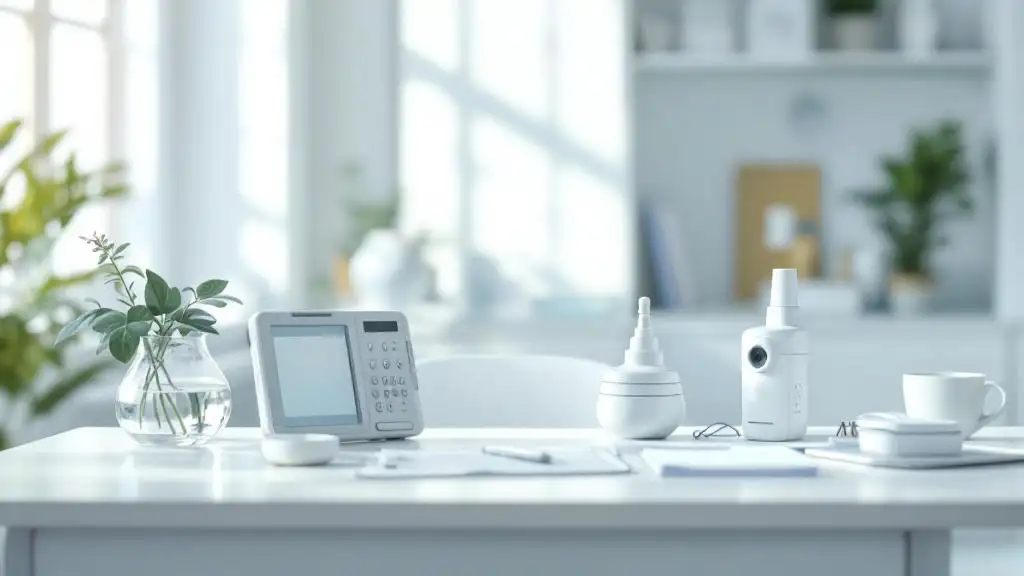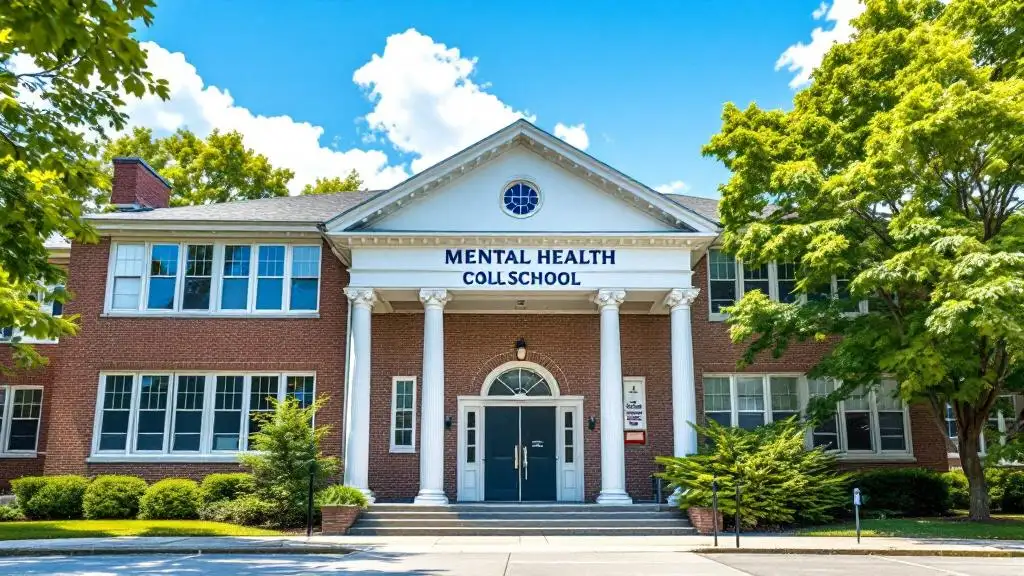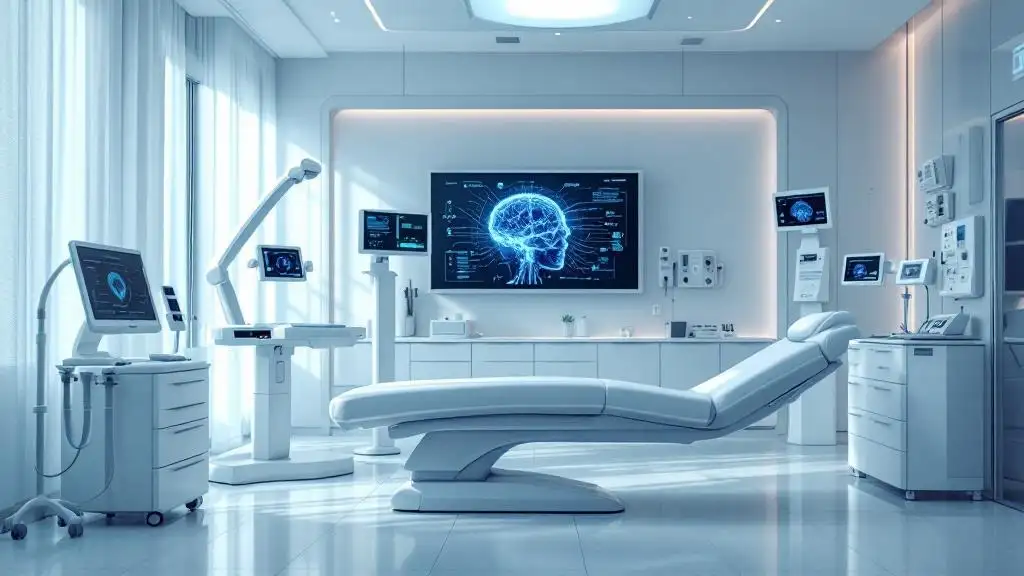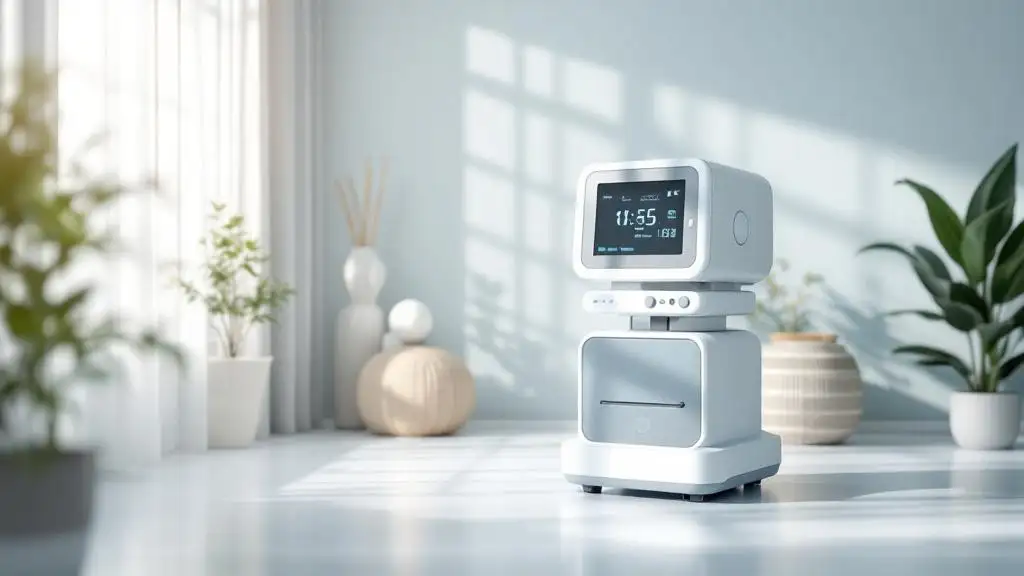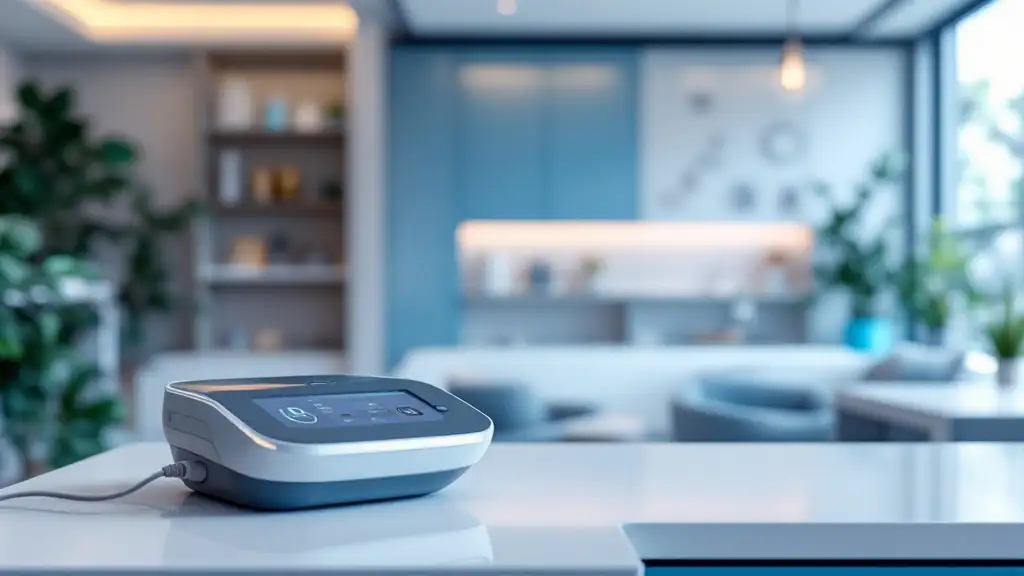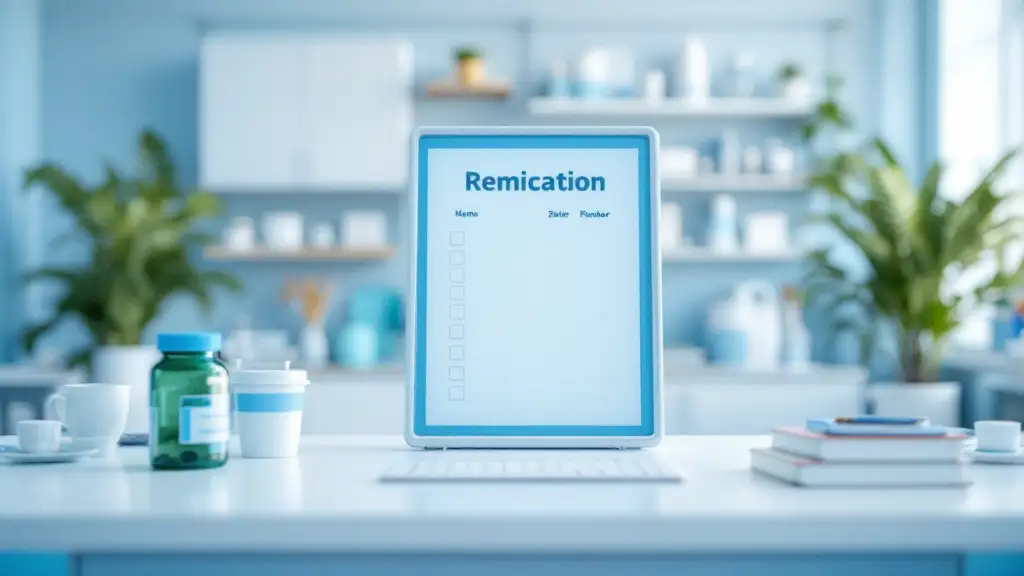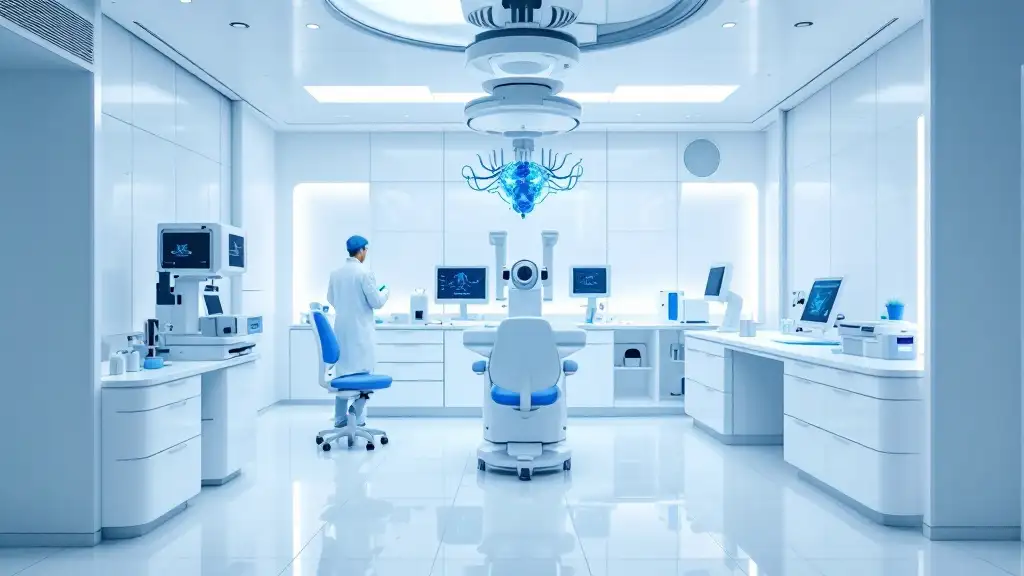Understanding Attention Challenges in Seniors
Attention difficulties in older adults often go unrecognized or are mistaken for normal aging or cognitive decline. However, many seniors experience symptoms consistent with ADHD, which require specialized approaches to diagnosis and treatment. Exploring safe, effective, and non-stimulant options is crucial for this population, given their unique health considerations.
Recognizing ADHD and Attention Issues in Older Adults
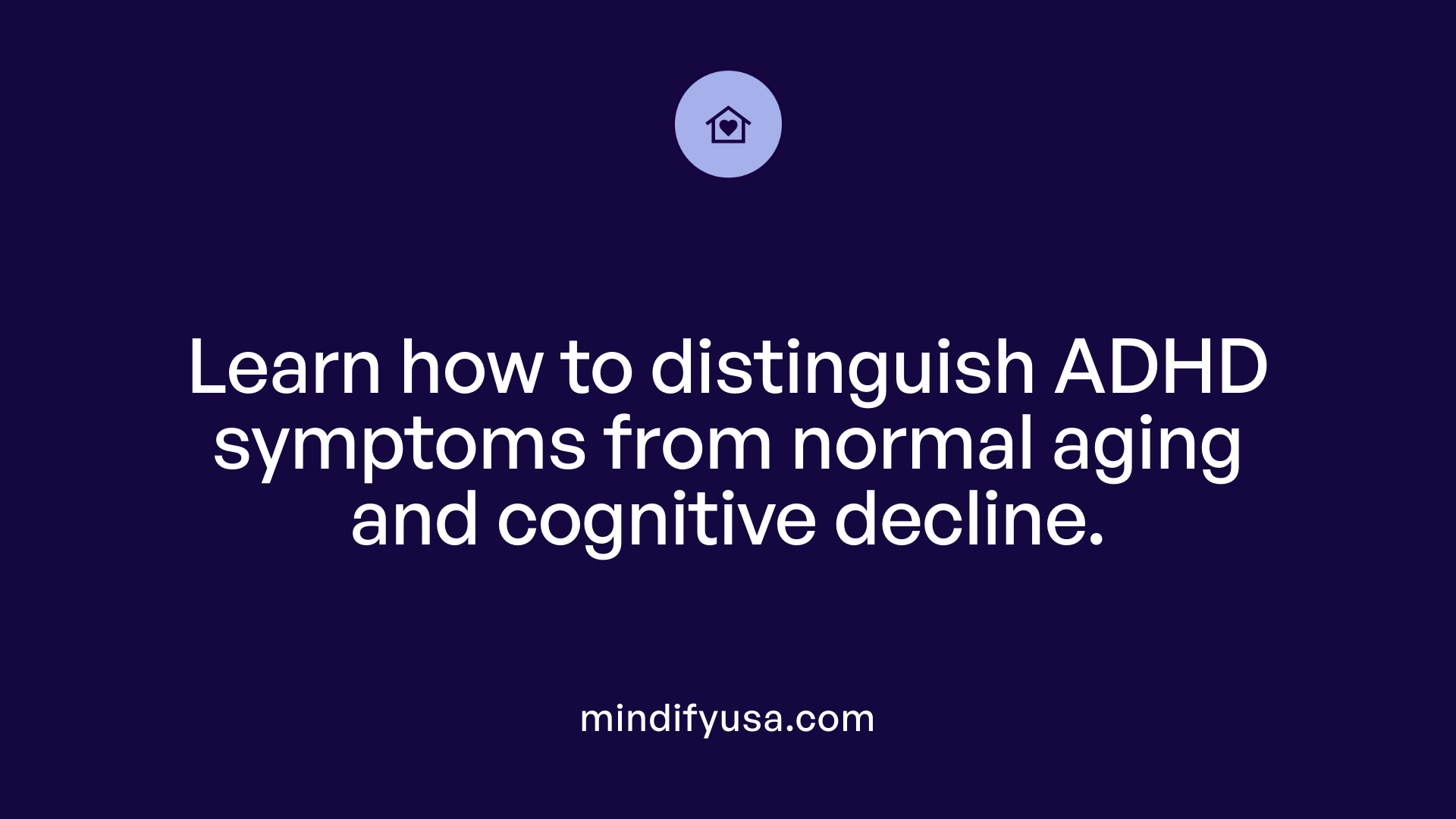
How can attention issues in older adults be distinguished from cognitive decline?
Attention difficulties in older adults sometimes mimic symptoms of cognitive decline, making diagnosis a challenge. Common ADHD-related issues in this group include trouble finishing projects, remembering details, staying focused during conversations, managing time, and overcoming procrastination. However, these symptoms must be chronic and lifelong to point toward ADHD rather than age-related cognitive decline.
Common symptoms of ADHD in seniors
Older adults with ADHD often report persistent attention deficits, impulsivity, and executive functioning difficulties such as planning and organizing. These symptoms tend to have been present since childhood. Importantly, many older adults with ADHD also experience co-occurring mood or anxiety disorders.
Diagnostic challenges and methods for older adults
Neuropsychological tests are generally unreliable for diagnosing ADHD in older adults. Instead, thorough clinical interviews and detailed personal and family history are more effective. Diagnosis requires careful differentiation from cognitive decline or other medical conditions. Symptoms have to be traced back to childhood for consistency. Family history of ADHD can provide helpful diagnostic clues.
By focusing on a lifelong pattern of symptoms and using clinical evaluation rather than relying on cognitive testing alone, healthcare providers can better distinguish ADHD from other age-related mental health issues in seniors.
Unique Considerations in Treating ADHD in Seniors
How do age-related cognitive changes affect ADHD treatment in older adults?
Older adults with ADHD often experience cognitive difficulties such as trouble with attention, memory, planning, and finishing tasks. These age-related changes can make symptom evaluation challenging because some signs of cognitive decline resemble ADHD symptoms. It's important to recognize that ADHD must have been present since childhood, distinguishing it from new-onset cognitive disorders. Neuropsychological testing is less reliable in this age group, so clinicians rely heavily on detailed clinical interviews and patient history.
What comorbid psychiatric and medical conditions are common in geriatric ADHD patients?
ADHD in older adults frequently coexists with psychiatric disorders such as mood disorders, anxiety, and bipolar disorder, with roughly 25-36% reporting at least one of these. These comorbidities can complicate diagnosis and require integrated treatment approaches. Medical issues and age-related health changes are also critical considerations, as they can affect both symptoms and medication tolerability.
What medication side effects should be considered for older adults with ADHD?
Medication management in seniors demands special attention to side effects and drug interactions. Stimulant use—which is common but not FDA-approved specifically for this age group—may cause issues like dry mouth and cardiovascular concerns. Nonstimulant options like atomoxetine, guanfacine, and clonidine can be effective but may cause drowsiness, low blood pressure, or dizziness, necessitating careful monitoring. Additionally, older adults are often underrepresented in clinical trials, which limits data on long-term safety and efficacy.
Clinicians treat older adults with ADHD by combining pharmacological choices tailored to individual health profiles with psychotherapy, which can improve self-esteem and emotional well-being regardless of age.
Non-Stimulant Medications as a Safer Alternative

What are the non-stimulant medications approved for ADHD treatment?
Non-stimulant medications approved by the FDA for ADHD include atomoxetine (Strattera), viloxazine (Qelbree), clonidine extended-release (Kapvay), and guanfacine extended-release (Intuniv). These medications are used across different age groups, including adults and older adults, providing alternatives to stimulant treatments.
How do non-stimulants benefit patients compared to stimulants?
Non-stimulant ADHD medications tend to cause fewer side effects related to agitation, sleeplessness, and appetite suppression. Additionally, they present a lower risk of abuse or addiction, making them particularly suitable for individuals with concerns about drug dependency or history of substance misuse. This safety profile is important for older adults, who may be more sensitive to stimulant side effects and have multiple medical conditions.
Which specific non-stimulants are commonly prescribed and what are their effects?
- Atomoxetine (Strattera): Works by selectively inhibiting norepinephrine reuptake, helping improve attention and reduce impulsivity. Side effects can include upset stomach, nausea, dizziness, fatigue, mood swings, and rare risks such as liver problems and suicidal thoughts.
- Guanfacine ER (Intuniv) and Clonidine ER (Kapvay): Originally blood pressure medications, these drugs enhance attention and impulse control and reduce distractibility. They may cause drowsiness, dry mouth, and low blood pressure.
- Viloxazine (Qelbree): A newer medication that modulates neurotransmitters to manage ADHD symptoms, offering another non-stimulant option.
These medications provide valuable choices for tailored ADHD management, especially when stimulants are not well tolerated or contraindicated. They can be part of a comprehensive treatment plan, potentially combined with behavioral therapies and lifestyle modifications.
| Medication | Mechanism of Action | Common Side Effects | Suitable For |
|---|---|---|---|
| Atomoxetine | Norepinephrine reuptake inhibitor | Upset stomach, fatigue, mood swings | Patients avoiding stimulants or with abuse risk |
| Guanfacine ER | Alpha-2 adrenergic receptor agonist | Drowsiness, dry mouth, low blood pressure | Patients needing improved impulse control |
| Clonidine ER | Alpha-2 adrenergic receptor agonist | Drowsiness, dry mouth, low blood pressure | Similar use as guanfacine |
| Viloxazine | Modulates norepinephrine and serotonin | Side effect profile under ongoing study | New option for those intolerant to other meds |
Role of Antidepressants in Managing ADHD with Anxiety or Depression
Which antidepressants are used for ADHD symptoms?
Several antidepressants are employed to manage ADHD, particularly when anxiety or depression coexists. These include tricyclic antidepressants, Bupropion (Wellbutrin), monoamine oxidase inhibitors (MAOIs), and newer agents like venlafaxine (Effexor). While not first-line for ADHD alone, they are valuable options when mood disorders are present alongside ADHD.
How do antidepressants target neurotransmitters to improve ADHD symptoms?
These antidepressants work by enhancing neurotransmitter activity in the brain. They typically increase levels of norepinephrine, serotonin, and dopamine — chemicals crucial for regulating attention, impulsivity, and hyperactivity. This neurotransmitter boost helps improve ADHD symptoms while generally posing a low risk of abuse or significant weight loss.
How is comorbid depression and anxiety managed in seniors with ADHD?
Older adults with ADHD often face co-occurring mood disorders such as depression and anxiety. Treatment typically starts by addressing the mood disorder first. Antidepressants can be safely combined with ADHD medications to tackle both conditions effectively. Psychotherapy also plays a vital role in improving emotional well-being and self-esteem in this group, complementing medication strategies tailored to seniors’ unique needs and medical profiles.
Psychotherapy and Behavioral Strategies for Older Adults

How does cognitive-behavioral therapy benefit older adults with ADHD?
Cognitive-behavioral therapy (CBT) is an effective psychotherapeutic approach for older adults with ADHD. It helps improve self-esteem by addressing negative beliefs related to lifelong attention difficulties and impulsiveness. CBT also targets daily life challenges by teaching coping strategies and problem-solving skills that enhance attention and reduce distractibility.
What organizational tools and lifestyle strategies assist older adults in managing ADHD?
Older adults benefit from practical organizational tools such as planners, alarms, checklists, and reminders to help manage time and complete tasks. Lifestyle management strategies include establishing consistent routines, optimizing sleep hygiene, engaging in regular exercise, and applying mindfulness techniques. These approaches support brain function and reduce ADHD symptoms like procrastination and forgetfulness.
Why is family and social support important for managing ADHD in older adults?
Support from family and social networks plays a crucial role in ADHD management for seniors. Loved ones can assist with reminders, maintain accountability, and provide emotional encouragement. Social connections also combat feelings of isolation and low self-esteem, which are common in older adults with ADHD. Together, these support systems improve overall mental health and treatment adherence.
Comprehensive Mental Health Services for Anxiety and Depression in Seniors
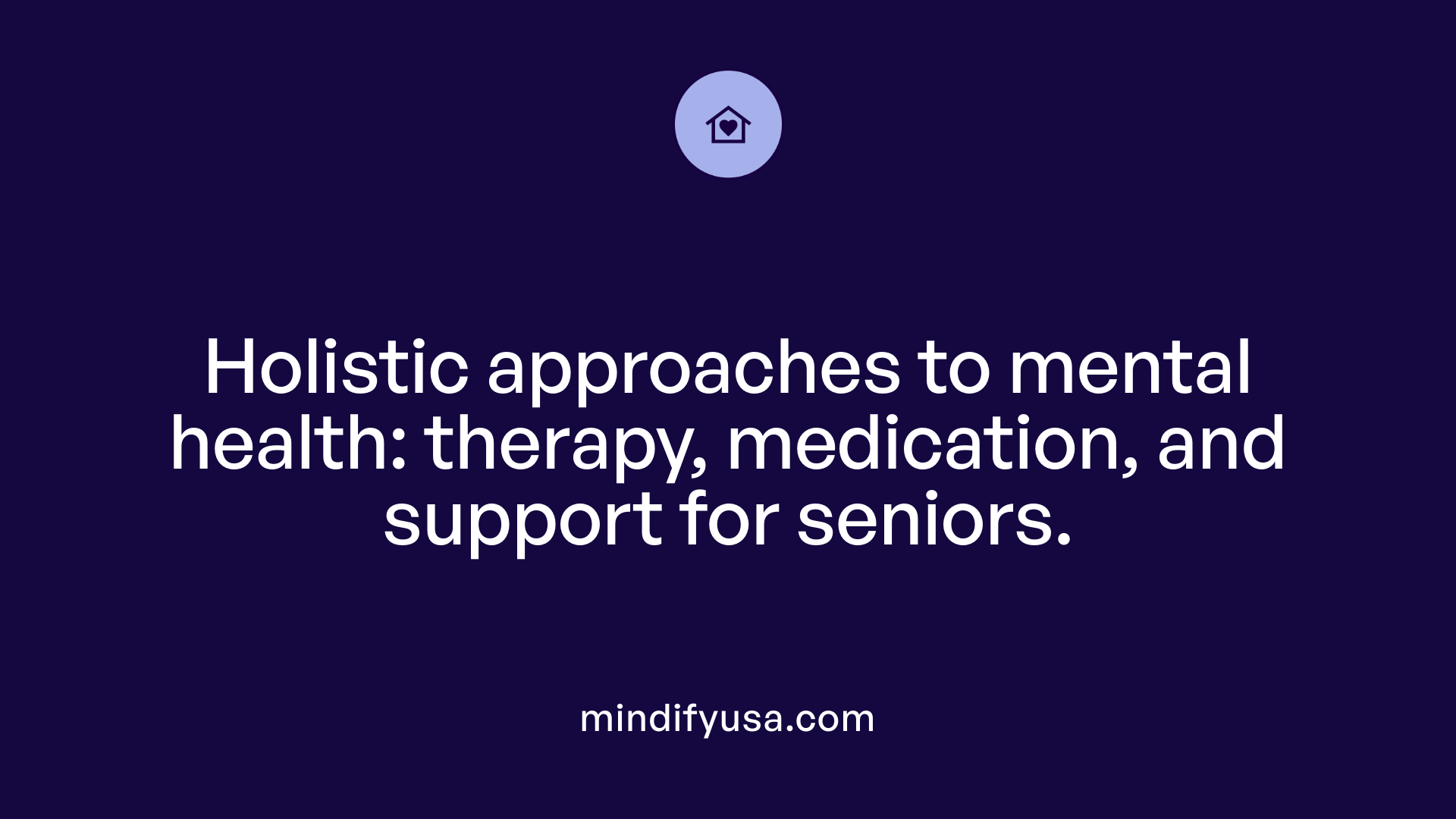
What comprehensive mental health services are typically offered for anxiety and depression?
Comprehensive mental health care for seniors dealing with anxiety and depression starts with a detailed assessment and diagnosis. This involves evaluating the individual's symptoms, medical history, and psychosocial factors to identify the severity and type of disorder. Accurate diagnosis is crucial since older adults may have overlapping medical or cognitive conditions that mimic mood disorders.
Therapeutic approaches play a central role in treatment. Cognitive-behavioral therapy (CBT) is frequently used to help seniors challenge negative thought patterns and develop effective coping mechanisms. Interpersonal therapy is another valuable approach, focusing on improving relationships and communication skills, which can reduce feelings of isolation and anxiety.
Medication management is often incorporated to stabilize mood and symptom severity. Antidepressants and anti-anxiety medications are selectively prescribed while considering age-related changes in drug metabolism and potential interactions with other medications. Close monitoring is essential to minimize side effects and ensure safety.
Supportive interventions complement medical and psychological treatments. These may include participation in support groups providing peer connection, crisis intervention services for emergencies, and regular follow-ups to adjust treatment plans. Such a holistic framework ensures seniors receive tailored and continuous care to foster recovery and maintain emotional well-being.
Emerging Non-Medication Treatments: TMS and MeRT

What is Transcranial Magnetic Stimulation (TMS) and how does it benefit ADHD treatment?
Transcranial Magnetic Stimulation (TMS) is a non-invasive therapy that uses magnetic pulses to target specific brain areas, such as the dorsomedial prefrontal cortex, which plays a key role in attention, decision-making, and impulse control. TMS has shown promise in improving cognitive functions like attention and processing speed in individuals with ADHD. Importantly, it avoids the systemic side effects often seen in medication, such as dependency or mood swings. Accelerated TMS protocols offer shorter, more intensive sessions, enabling faster symptom relief and better patient compliance.
How does Magnetic e-Resonance Therapy (MeRT) work as a personalized brain stimulation method?
Magnetic e-Resonance Therapy (MeRT) leverages EEG technology to map an individual's brainwave activity and deliver tailored magnetic stimulation aimed at enhancing attention and impulse control. This personalized approach maximizes therapeutic effects by targeting each person's unique neural patterns, supporting better management of ADHD symptoms without the risks associated with pharmacologic treatments.
What evidence supports the cognitive improvements and safety of TMS and MeRT for ADHD?
Clinical research, including meta-analyses of randomized controlled trials, has demonstrated significant improvements in attention and processing speed following TMS treatment. Case studies highlight considerable symptom reduction—up to 50% after two weeks of daily TMS—sustained over time without reported side effects. Both TMS and MeRT are regarded as safe options that do not involve systemic side effects common in medications. Their non-invasive nature and favorable safety profiles make them attractive, especially for older adults or those sensitive to drugs.
These emerging therapies complement traditional ADHD treatments by offering alternative or adjunctive solutions focused on brain function modulation, contributing to a more comprehensive and individualized approach to managing ADHD symptoms.
Lifestyle and Holistic Approaches to Attention Management
How Does Exercise Influence Neurotransmitter Regulation in ADHD?
Regular physical exercise plays a supportive role in managing ADHD symptoms by increasing the levels of key brain neurotransmitters such as dopamine, norepinephrine, and serotonin. These chemicals are crucial for attention regulation and executive function. Exercise can thus enhance focus, mood, and impulse control naturally without medication.
What Are Effective Sleep Hygiene and Social Support Strategies?
Improving sleep quality is vital since poor sleep can worsen attention difficulties. Establishing a consistent bedtime routine, avoiding caffeine and electronic devices before sleeping, and maintaining a calming environment help promote restorative sleep.
Social supports from family, friends, or support groups also provide emotional encouragement and practical assistance. These networks can aid in reducing stress and improving adherence to treatment programs for individuals with ADHD.
How Do Mindfulness, Nutrition, and Time Management Techniques Help?
Mindfulness practices, such as meditation, help improve concentration and reduce impulsivity by training the brain to stay present and calm. Though more research is needed, these methods show promise as non-pharmacological tools.
Nutrition that emphasizes a balanced diet supports overall brain health and can complement other treatments. While no specific diet cures ADHD, regular meals and avoiding excessive sugar can help stabilize energy and focus.
Time management techniques, including the use of planners, alarms, lists, and breaking tasks into smaller steps, assist individuals with ADHD in organizing daily activities and reducing procrastination. These behavioral strategies empower users to manage symptoms actively.
Combined with medication or therapy, these lifestyle changes and holistic approaches form an integral part of comprehensive ADHD management, especially for older adults who may benefit from minimizing medication side effects.
Medication Precautions and Interactions in Senior Patients
Important Patient History and Medication Review
Managing ADHD medications in older adults requires careful evaluation of patient history and current medications. Given the common presence of coexisting chronic conditions and psychiatric disorders, a thorough medication review helps prevent harmful drug interactions and adverse effects.
Risks Associated with Non-Stimulants
Non-stimulant treatments such as clonidine and guanfacine, originally developed as blood pressure medications, carry risks including low blood pressure and drowsiness. Atomoxetine has rare but serious risks like liver problems and suicidal thoughts, necessitating close monitoring, especially in older patients.
Monitoring to Avoid Adverse Effects and Interactions
Regular clinical follow-up and vital sign assessments, including blood pressure and heart rate, are essential to detect side effects early. Monitoring liver function may be indicated for some medications. Careful attention to symptoms such as dizziness or fatigue can prevent complications from hypotension or medication intolerance. Additionally, since atomoxetine is metabolized via cytochrome P450 2D6, vigilance for drug interactions is crucial.
Through comprehensive history taking, diligent monitoring, and individualized treatment adjustments, clinicians can optimize ADHD management while minimizing medication risks in senior patients.
Integrating Treatment Plans: Balancing Medication and Therapy
Combining pharmacotherapy with cognitive and behavioral therapies
An integrated approach to ADHD treatment often involves combining medication with psychotherapy to enhance outcomes. Pharmacotherapy, including stimulants and non-stimulants like atomoxetine or guanfacine, addresses core ADHD symptoms such as inattention and impulsivity. Complementing this, cognitive behavioral therapy (CBT) can improve daily functioning by targeting organizational skills, procrastination, and emotional regulation. This combination supports better attention, self-esteem, and coping strategies, yielding more comprehensive symptom relief than medication alone.
Adjusting treatment for comorbid mental health conditions
Many adults, especially older adults with ADHD, experience coexisting conditions like anxiety, depression, or bipolar disorder. Treatment plans need careful adjustment: for instance, antidepressants can be safely combined with ADHD medications to manage co-occurring depression. However, stimulants should generally be avoided when bipolar disorder is present, with mood stabilizers favored instead. Anxiety disorders might be treated first-line with stimulants, SSRIs, and cognitive therapy. Tailoring treatments to these comorbidities ensures safer and more effective management.
Importance of ongoing evaluation and patient-centered care
ADHD treatment is dynamic, requiring ongoing evaluation of symptoms, side effects, and patient preferences. Regular monitoring helps adjust medication dosages or therapeutic approaches as needed, especially given possible side effects like fatigue or blood pressure changes with non-stimulants. Older adults require additional considerations due to age-related cognitive changes and polypharmacy risks. Engaging patients in shared decision-making promotes adherence and individualized care plans that balance efficacy with quality of life.
A Holistic Path Forward for Attention Support in Seniors Without Stimulants
Addressing attention difficulties in seniors necessitates a comprehensive approach that extends beyond stimulant medications, which can carry significant risks in this population. Utilizing non-stimulant medications, carefully managing comorbid conditions such as anxiety and depression, and incorporating psychotherapy and lifestyle modifications collectively offer a balanced treatment framework. Emerging therapies like TMS provide promising alternatives that are non-invasive and well-tolerated. Tailoring treatment to individual needs, monitoring for side effects, and ensuring supportive community and mental health services can empower older adults to improve attention and quality of life safely and effectively.
References
- Nonstimulant Therapy and Other ADHD Drugs
- ADHD in Older Adults: Distinct Diagnostic and Treatment ...
- 6 Non-Stimulant ADHD Medications to Consider
- Diagnosis and Management of Attention-Deficit ...
- Attention-Deficit/Hyperactivity Disorder: What You Need to Know
- Non-stimulant Treatment Options for Adult Attention Deficit ...
- Struggling with attention and organization as you age? It ...
- Effective ADHD Treatments Without Medication











